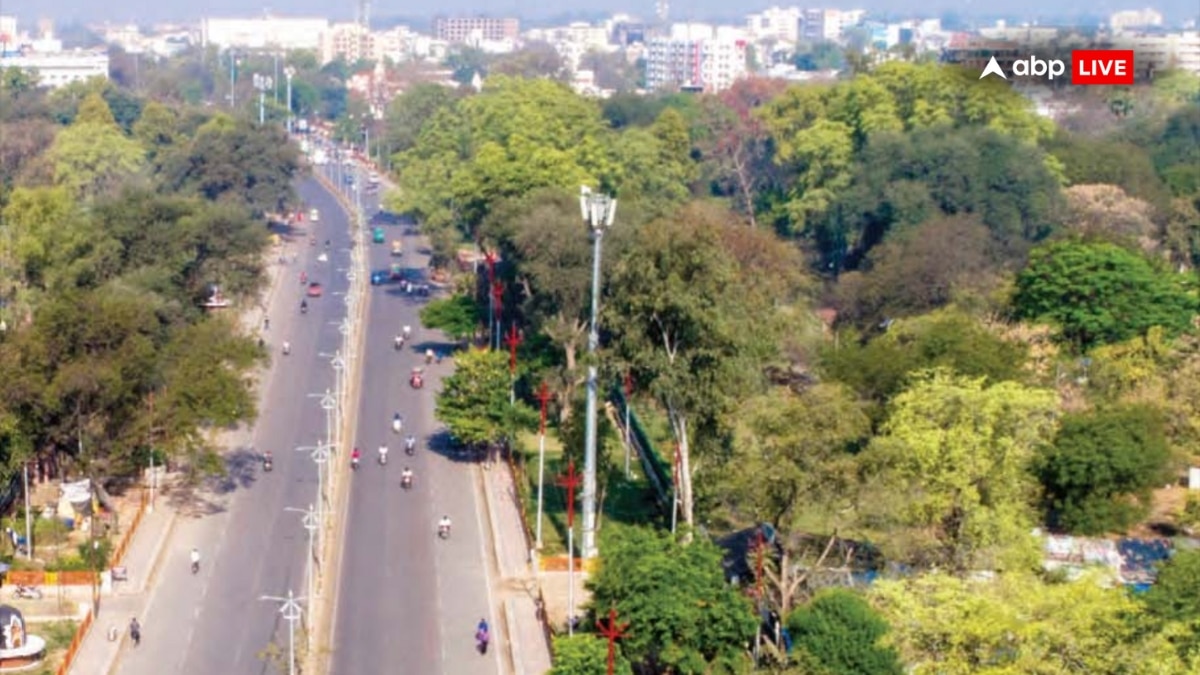In preparation for Mahakumbh 2025, the city of Prayagraj has seen a lot of changes, with millions of devotees expected to descend on the city for the the grand spiritual event starting on January 13. While infrastructure building had been a focus, there have been developments on the environment front too. Dense forests have been cultivated across various locations, turning a sprawling 55,800 square metres into green spaces, aiming to provide pure air and a healthier atmosphere for the devotees.
The Prayagraj Municipal Corporation used the Japanese Miyawaki technique over the last two years to develop multiple "oxygen banks" that now flourish as lush forests, the Ministry of Culture said.
Municipal Commissioner Chandra Mohan Garg said over 10 locations were targeted for these plantations, the most significant being the Naini industrial area, where 1.2 lakh trees spanning 63 species were planted. Another notable transformation occurred at Baswar, where the city’s largest garbage dumping yard was cleaned and replaced with 27,000 trees from 27 different species.
"This project is not only helping to get rid of industrial waste but is also reducing dust, dirt, and bad odour. Additionally, it's improving the air quality of the city," Garg said.
ALSO READ ON ABP LIVE | Maha Kumbh Projected To Generate Rs 2 Lakh Crore, 40 Crore Devotees To Visit: CM Yogi
What Is The Miyawaki Technique?
Pioneered by Japanese botanist Akira Miyawaki in the 1970s, the Miyawaki technique is a groundbreaking method for rapid forest development in limited spaces. Often referred to as the ‘pot plantation method’, it involves planting native trees and shrubs in close proximity to accelerate growth. The technique mimics natural forests by utilising a mix of native species, enhancing biodiversity and soil quality.
Unlike traditional afforestation methods, Miyawaki forests grow 10 times faster, absorb more carbon, and foster richer biodiversity. They are especially suited for urban areas, where space is scarce and environmental restoration is critical. In urban areas, the method is known to have successfully converted barren, polluted lands into thriving green ecosystems, simultaneously managing industrial waste and curbing pollution.
Environmental And Ecological Impact
Experts have endorsed the multifaceted advantages of this technique.
Dr NB Singh, former botany professor at Allahabad Central University, said dense forests grown through this method can lower the temperature by 4 to 7 degrees Celsius during summers, reduce the temperature difference between day and night, and significantly enhance biodiversity. The forests improve soil fertility and provide vital habitats for animals and birds, contributing to a balanced ecosystem.
The variety of species planted under the project is extensive. Fruit-bearing trees like mango, tamarind, and amla stand alongside medicinal plants such as tulsi and brahmi, with ornamental species, including hibiscus, bougainvillea, and gulmohar, adding vibrant colours to the landscapes. There are other trees too, such as neem, mahua, teak, bamboo, and drumstick, according to the authorities.
Prime Minister Narendra Modi had during one of his ‘Mann ki baat’ episodes in 2023 spoken about Miyawaki plantation method, citing the example of a Kerala teacher who had used the technique to transform a barren piece of land into a mini forest. Raafi Ramnath had planted 115 varieties of trees in his 'Vidyavanam'.
Elsewhere in India, the Brihanmumbai Municipal Corporation has been developing Miyawaki forests in the city's open land parcels, and the Telangana government had also introduced the method to expand the green cover by growing urban forests.


